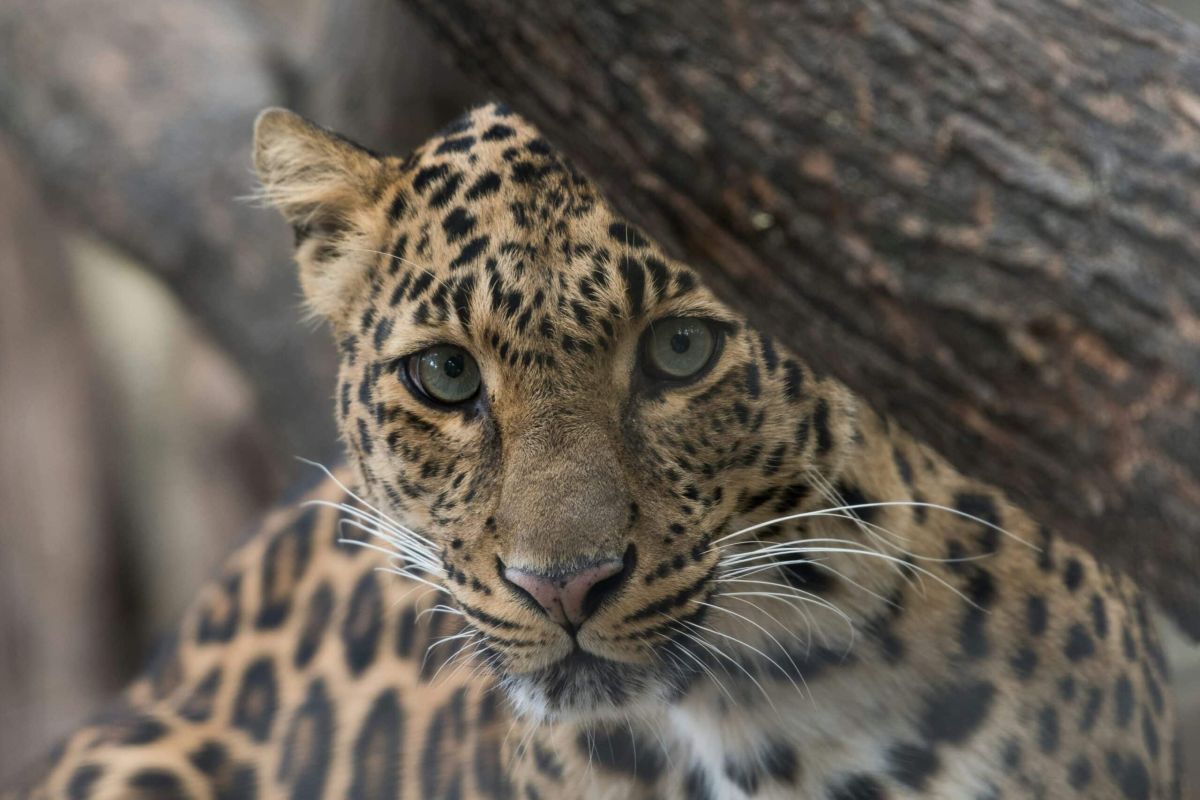Jaguars: Predators of the Wild

Jaguars (Panthera onca), the largest cats in the Americas, are known for their striking physical features, formidable strength, and crucial role in their ecosystems. With their characteristic rosettes and powerful build, these apex predators embody the wild spirit of the jungles and savannas they inhabit.
Physical Characteristics
Jaguars possess a robust physique, with males typically weighing between 100 to 250 pounds and reaching lengths of up to 6 feet, excluding the tail. They are characterized by a unique coat of yellowish-orange fur adorned with black rosettes and spots, providing effective camouflage in their natural environment. Unlike other big cats, jaguars have a stockier build and shorter legs, suitable for their powerful predatory lifestyle.
One of the most distinct features of jaguars is their jaw strength. They possess the most powerful bite of any big cat, capable of crushing shells of turtles and cracking the bones of their prey. This powerful bite allows them to take down a variety of animals, ranging from deer to caimans, making them versatile hunters.
Habitat and Distribution
Jaguars are primarily found in the dense rainforests of the Amazon Basin but also inhabit a range of environments, including savannas, scrublands, and wetlands. Their distribution stretches from the southern United States through Central America to the northern parts of South America. Their affinity for water is notable; they are often found near rivers and lakes, using their swimming skills to hunt for aquatic prey.
Behavior and Diet
As solitary creatures, jaguars prefer to hunt and live alone, coming together only for mating. They are primarily nocturnal hunters, using the cover of darkness to stalk their prey. Their hunting techniques are varied: they may lie in wait for hours or employ stealth to get close to their target before launching a sudden attack.
Jaguars are opportunistic feeders, meaning their diet is diverse. They primarily predate on large mammals like deer and peccaries but will also hunt smaller animals like rabbits, birds, and reptiles. Their unique hunting style includes a method of puncturing the skull of their prey with their powerful jaws, allowing them to deliver a swift and fatal bite.
Conservation Status
Despite their strength and adaptability, jaguar populations are increasingly threatened by habitat loss, poaching, and conflict with humans. The destruction of their natural habitats due to deforestation, agriculture, and urbanization has significantly reduced their range. The International Union for Conservation of Nature (IUCN) lists the jaguar as “Near Threatened,” emphasizing the need for immediate conservation efforts to protect this majestic species.
Several organizations around the world are working to conserve jaguar populations and their habitats. Initiatives include establishing protected areas, promoting sustainable land use practices, and creating wildlife corridors to connect fragmented habitats. Engaging local communities in conservation efforts has proven essential in safeguarding these apex predators.
Cultural Significance
Throughout history, jaguars have held significant cultural and spiritual importance for many indigenous peoples of the Americas. They are often regarded as symbols of strength, power, and ferocity, featuring prominently in mythology, folklore, and art. Various tribes, such as the Maya and the Aztec, revered jaguars as sacred animals, associating them with the underworld and the divine.
In contemporary culture, the jaguar continues to captivate the imagination, inspiring everything from wildlife documentaries to fashion. Their symbolism as fierce protectors of the wild has led to increased advocacy for conservation efforts, as many people recognize the importance of these animals in maintaining ecological balance.
Conclusion
The jaguar, with its extraordinary beauty and unparalleled prowess, remains one of nature’s most fascinating and essential predators. As we endeavor to protect their habitats and ensure their survival, we not only preserve a vital component of our ecosystems but also honor a magnificent symbol of the wild that has inspired countless generations. The future of jaguars rests in our hands; it is our responsibility to advocate for their conservation and respect the rich biodiversity they represent.



